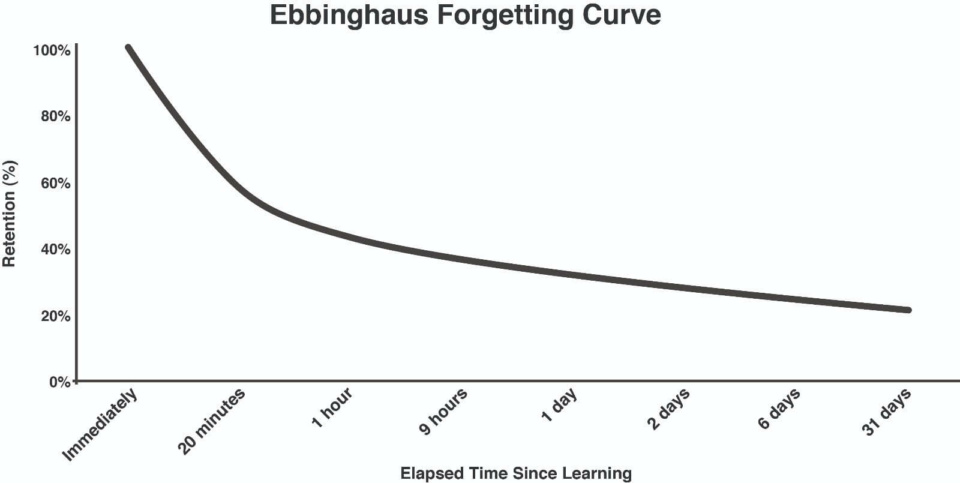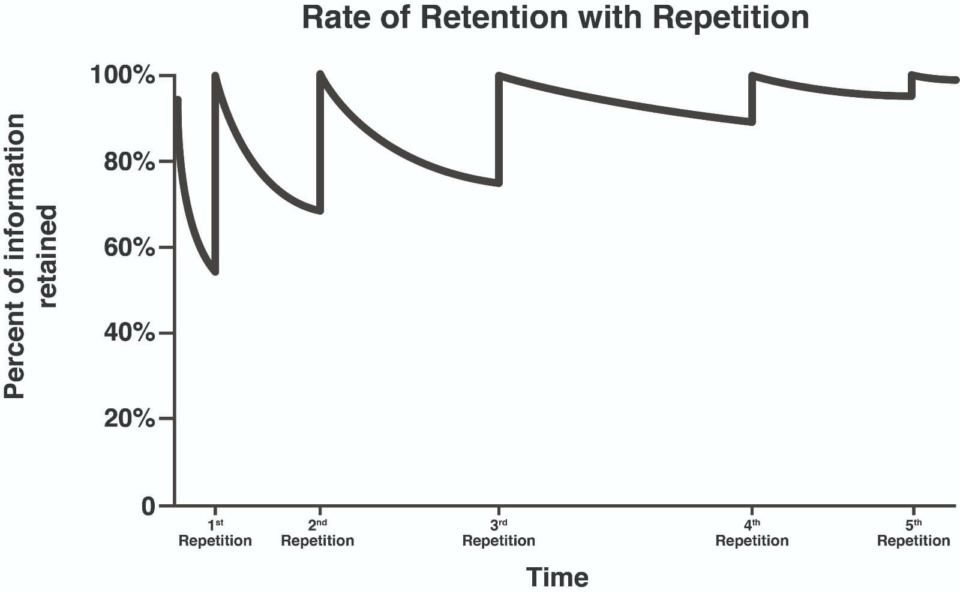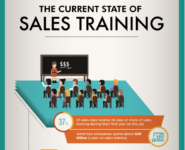The war for talent is raging. On top of that, B2B buying behavior is changing dramatically. Commercial teams have a hard time finding answers to these ongoing challenges. The changing environment has a serious impact on sales functions, responsibilities and competencies. What your sales team needs now is new skills. Even more than that, it needs a program that enables your team to continuously develop and hone its competencies, through an effective learning method. At Perpetos, we call this your Sales Academy.
We can think of at least five reasons why your team needs its own Sales Academy:
- Consistent training: A Sales Academy will provide your team with consistent commercial training, ensuring that everyone is on the same page and working towards the same goals. This will help to deliver a consistent and positive customer experience in all the touch points with your organization. In turn, this will lead to improved sales effectiveness and better results.
- Customized training: By developing your own Sales Academy, you can customize learning according to the specific needs and performance priorities of your company. This requires a company-specific integration between individual competence gaps, business performance gaps, team interactions, effective messaging that engages customers, and new ways of working. This can include messaging about specific products and services, that are most effective and translated into your sales teams’ reality.
- Increased sales: Sales is not that different from athletics. Training and mental fitness are key for a top performance. By providing your commercial team with the tools they need to succeed, you can improve their ability to close deals, improve customer loyalty and maximize revenue for your business.
- Improved customer experience: Well-trained people in today’s reality understand how people buy and are also better equipped to do their job. By understanding the different phases of the customer journey and knowing how to adjust messaging accordingly, your sales team will be able to influence buyers more successfully and build stronger relationships.
- Increased employee retention: Providing continuous learning opportunities will help to improve employee satisfaction and retention. But just as important is a commercial academy to groom sales talent and facilitate internal job mobility, from a technical role into sales and moving on to key account management. All this requires is a well thought out training strategy with competencies linked to learning modules, which allow people to grow in their career and be guided with Just In Time learning.
Signing up for a Sales Academy in your B2B organization means that you are serious about installing a culture of continuous improvement, and that you want to stimulate peer-to-peer learning.
People uplift each other when they are challenged. They acquire new competencies and are being reminded about the things they know but no longer apply. After all, the hardest thing to achieve is closing the gap between knowing and doing.



 Els Costers
Els Costers

 Nicolas Dejehansart
Nicolas Dejehansart

